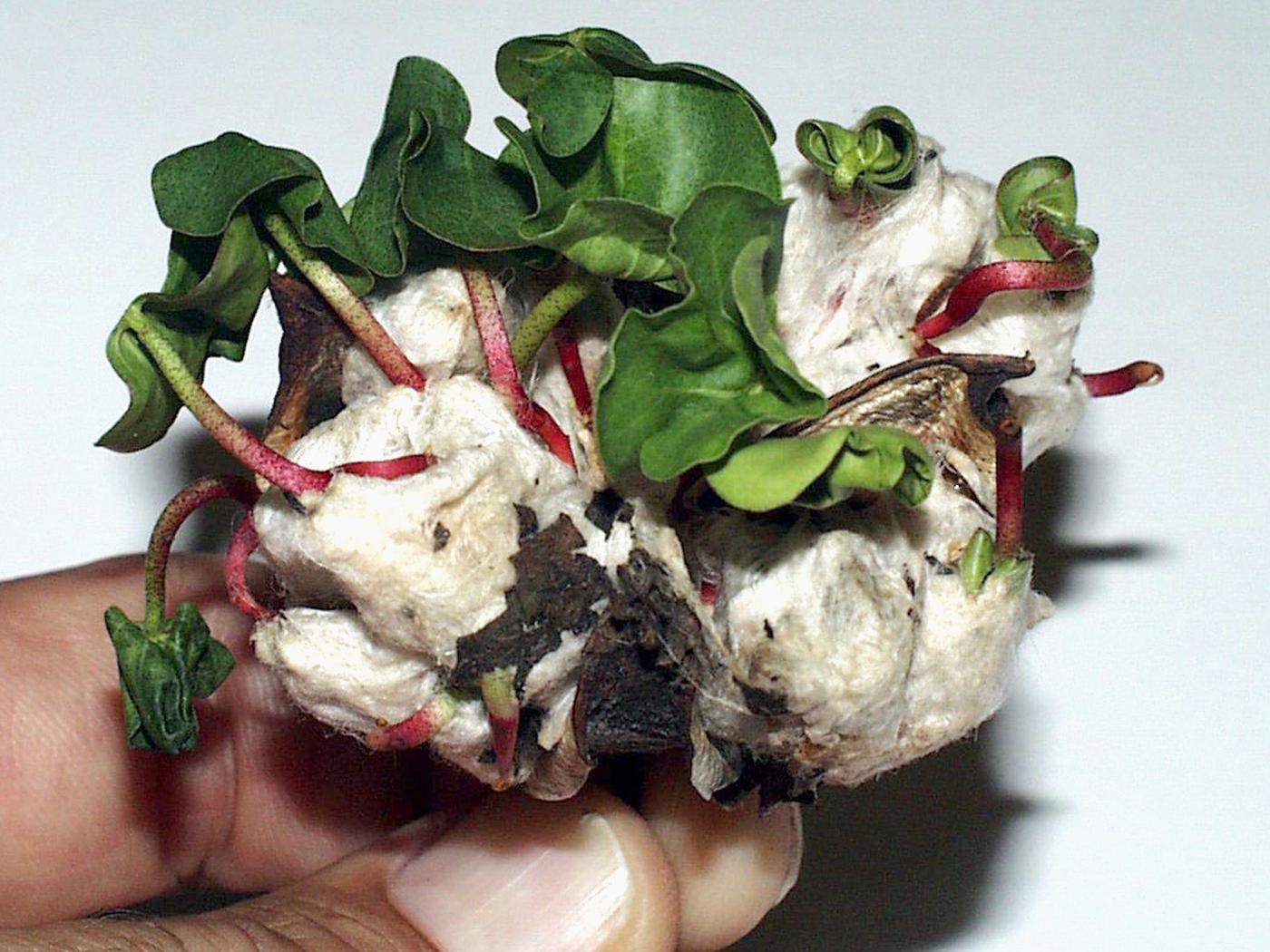Information Possibly Outdated
The information presented on this page was originally released on September 19, 2008. It may not be outdated, but please search our site for more current information. If you plan to quote or reference this information in a publication, please check with the Extension specialist or author before proceeding.
Wet weather robs state cotton yields
MISSISSIPPI STATE -- Repeated, drenching rains from storms Fay, Gustav and Ike brought Mississippi's cotton crop from an anticipated above-average yield to one that appears to be average or below.
“With cotton acres being down, we really needed to hit a home run this year to retain the acres we had and to keep all the gins and the cotton industry infrastructure,” said Darrin Dodds, cotton specialist with the Mississippi State University Extension Service.
He said the state's cotton crop as a whole looked above average by Aug. 1, but it didn't last.
“We had anywhere from 10 to 30 inches of rain in cotton-growing areas since the first of August,” Dodds said. “On average, we've probably suffered a 10 percent to 15 percent yield loss because of all this rain; however, in some areas yield losses could be substantially higher.”
The crop got a late start because of heavy rains in April and May. Only about 50 percent of the crop was planted by the third week of May, and Dodds said farmers like to be finished planting cotton by May 15 each year.
When the rains came, wet weather began causing boll rot, sprouting seeds and hardlock, a yield-reducing condition in which the cotton bolls open but the lint stays in a hard ball. Also, producers have not been able to spray defoliation chemicals, a step that usually is taken a week to 10 days before cotton is harvested.
“A few folks have already defoliated and many others will make defoliation applications this week,” Dodds said. “If the weather holds, we're probably one to two weeks away from folks picking significant amounts of cotton.”
By Sept. 15, 58 percent of the cotton bolls were open, and that number should rise to nearly 75 percent by the third week of September, Dodds said. This rate is behind schedule; about 88 percent of the cotton crop usually has open bolls by this time.
Jerry Singleton, area Extension agent for agronomic crops working out of Leflore County, said boll rot is a big problem in cotton-growing counties along the Mississippi River.
“We had an excellent crop developing, but now it's going to vary field by field and variety to variety. At best we'll have an average crop,” Singleton said.
A few fields in the central Delta have been harvested, but most are still awaiting defoliation. Plant bugs were a major control issue in Singleton's part of the Delta, increasing the cost of production for this year's crop.
“The cotton is just now getting ready for harvest,” he said. “The key reason it's late is that the cool, cloudy weather kept the cotton from developing as fast as it should have.”
For the next month, cotton farmers will join producers of most of the state's other row crops in praying for sunshine.
John Michael Riley, Extension agricultural economist, said prices haven't helped struggling cotton producers.
“Cotton is trading at about 59 cents per pound for the October contract and 61 cents for December,” Riley said. “Cash prices are ranging from about 56 to 58 cents a pound.”
Prices are down from March highs. Demand has not been strong, and U.S. Department of Agriculture export estimates have been reduced. To date, the hurricanes have not seemed to impact cotton markets.




